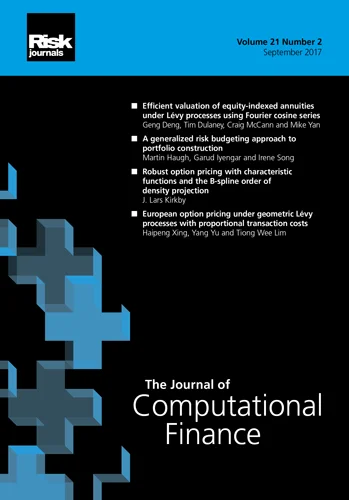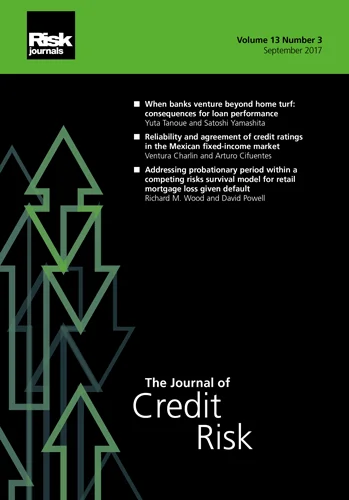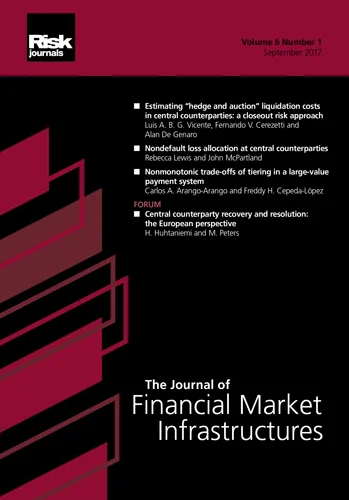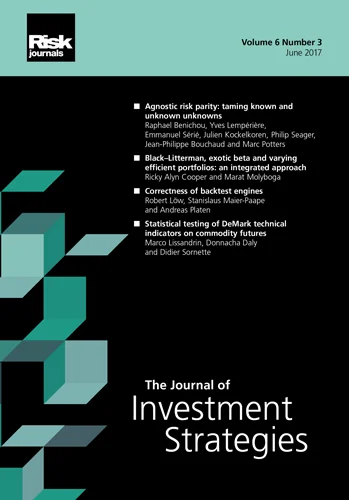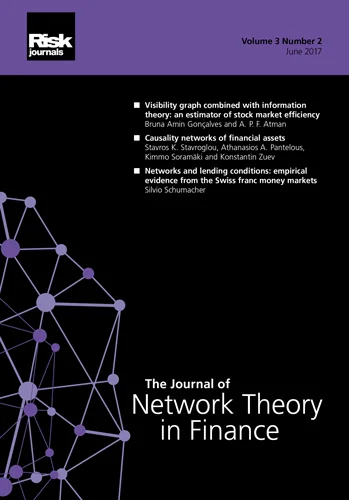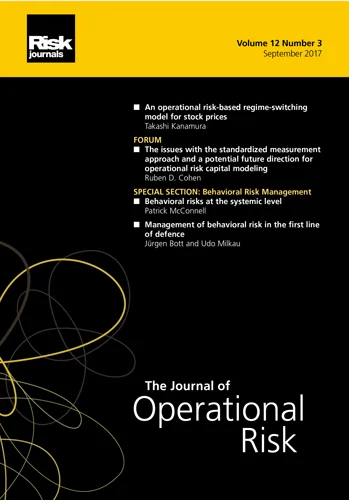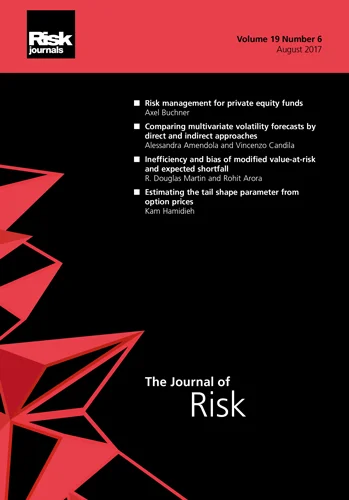Journal of Risk
ISSN:
1755-2842 (online)
Editor-in-chief: Farid AitSahlia

Need to know
- We evaluate different stochastic volatility models during the COVID-19 pandemic.
- The analysis considers a wide range of options, including short maturities.
- We implement a neural network that leads to a speedup for complex volatility models.
- Our study helps in model selection as it assesses robustness in turbulent markets.
Abstract
This paper examines the application of various stochastic volatility models to real data and demonstrates their effectiveness in calibrating a wide range of options, including those with short-term maturities during normal conditions and during the distressed market conditions of the Covid-19 pandemic. The analysis reveals that Heston’s 1993 model encounters challenges in accurately fitting the short-term smile and skew of volatility surfaces in the Standard & Poor’s 500 option market. To address these limitations, we investigate advanced volatility models that capture the market’s “rough” behavior, albeit with higher computational demands. Further, we incorporate a neural network into the calibration process for these models and show that this scheme enables a significant speedup. In particular, we demonstrate that this pattern allows us to incorporate non-Markovian components and fractional Brownian motion, which increases the modeling capabilities and gives a more realistic representation of markets. We propose an alternative model that combines stochastic elements with local volatility through Monte Carlo simulations, theoretically allowing for a perfect fit. However, this method proves to be computationally demanding and impractical for real-world applications. Our observations indicate that the overall fit of the selected models remains robust with regard to calibration accuracy, even during the Covid-19 market shock and in the presence of rapid interest rate hikes. However, the Heston model exhibits higher parameter fluctuations when the forward yield curve steepens and interest rates increase. Moreover, we find that the main drawbacks of stochastic volatility models are their inability to effectively model persistently high implied volatility and accurately capture event-driven skews in the volatility surface.
Copyright Infopro Digital Limited. All rights reserved.
As outlined in our terms and conditions, https://www.infopro-digital.com/terms-and-conditions/subscriptions/ (point 2.4), printing is limited to a single copy.
If you would like to purchase additional rights please email info@risk.net
Copyright Infopro Digital Limited. All rights reserved.
You may share this content using our article tools. As outlined in our terms and conditions, https://www.infopro-digital.com/terms-and-conditions/subscriptions/ (clause 2.4), an Authorised User may only make one copy of the materials for their own personal use. You must also comply with the restrictions in clause 2.5.
If you would like to purchase additional rights please email info@risk.net
